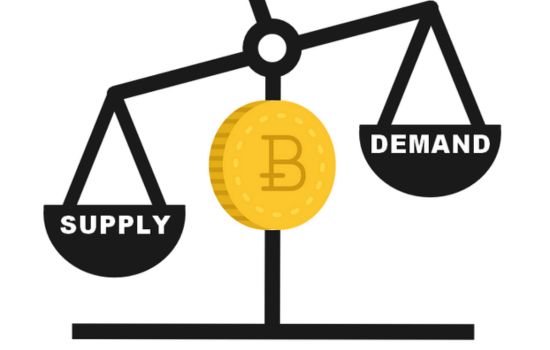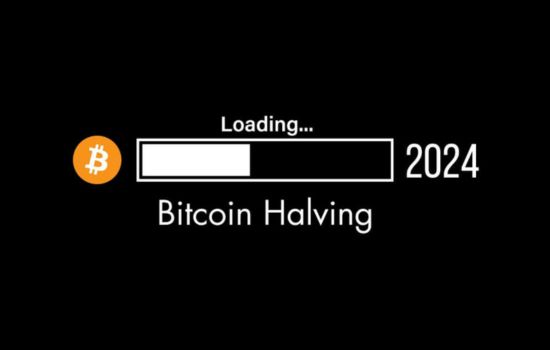Few things happen in the world of digital currencies with as much significance as the halving of Bitcoin. This process which is woven into the very fabric of the Bitcoin protocol, happens about every four years and has a significant effect on the dynamics of supply for the most well-known cryptocurrency in the world. However, what is the precise nature of the Bitcoin halving and how does it affect demand in the twenty-first century.
Of course! Known as the original cryptocurrency Bitcoin first surfaced in 2009 as a groundbreaking virtual money created by an anonymous person or group under the pseudonym Satoshi Nakamoto. Fundamentally Bitcoin is a decentralized network that uses blockchain technology to facilitate peer-to-peer transactions in place of middlemen like banks or governments. Bitcoin is intended to be scarce much like digital gold with a fixed quantity set at 21 million coins. Due to its decentralized structure limited supply and cryptographic security Bitcoin has become a well-liked option for those looking to invest in the growing digital economy and for those looking for an alternative store of value.
Table of Contents
Understanding the Bitcoin Halving:
Understanding the foundations of Bitcoin’s supply model is necessary to fully appreciate the ramifications of the halving. Bitcoin has a set schedule for issue in contrast to typical fiat currencies where the money supply can be changed at any time by central banks. Because there is a 21 million coin cap on the overall production of Bitcoin. It has a scarcity similar to that of precious metals like gold.Approximately every four years or every 210,000 blocks mined the Bitcoin network experiences a halving event.

Payment made to miners:
The payment made to miners for safeguarding the network and verifying transactions is cut in half throughout this phase. Miners used to get 50 bitcoins every block in the early days of the cryptocurrency. In 2012 the price was halved to 25 bitcoins then in 2016 it was reduced to 12.5 bitcoins. The reward was most recently halved in May 2020 to 6.25 bitcoins each block.
Impact on Supply and Demand for bitcoin:
Halving may initially appear to be a strictly technical occurrence that alone affects miners’ earnings. But its ramifications go far beyond the mining industry. The supply dynamics of Bitcoin are significantly changed by the halving, which lowers the rate at which new coins are put into circulation. Compared to traditional fiat currencies which are prone to hyperinflation and are determined by central banks this decrease in inflation is a significant difference.
From an economic perspective assets with scarcity tend to have higher values. Each half of Bitcoin’s supply makes it scarcer hence historically the occasion has been linked to positive price swings. The reasoning is straightforward if supply declines and demand rises or stays the same prices are likely to increase. The expectation of price rise due to shortage frequently triggers speculative buying and raises demand before the halving occurrence.

21st Century Demand Dynamics:
Several variables have combined to make the halving of Bitcoin even more significant in the twenty-first century. First off all institutional investors are beginning to see Bitcoin as a reliable store of value and a safeguard against conventional economic risks as the cryptocurrency ecosystem develops. The dynamics of Bitcoin’s demand are given a new dimension by these institutional inflows which could intensify the halving’s consequences.In addition unheard of technology breakthroughs and extensive internet penetration in the twenty-first century have made cryptocurrency accessible to people everywhere.
People in far off places can now take part in the Bitcoin economy because of the widespread use of smartphones and internet access. The demand for Bitcoin is further fueled by this democratization of access particularly in areas where hyperinflation or financial instability is prevalent.
Conclusion:
Within the overall narrative of Bitcoin’s development, the halving sticks out as a crucial phase that shaped the cryptocurrency’s supply and demand dynamics in the 21st century. The cryptocurrency community anticipates each halving event with great anticipation, making predictions about how it would affect pricing and acceptance. One thing is certain, even though the precise results could differ: the Bitcoin halving is evidence of the decentralized character of cryptocurrencies and their capacity to upend established economic models in the digital era.

